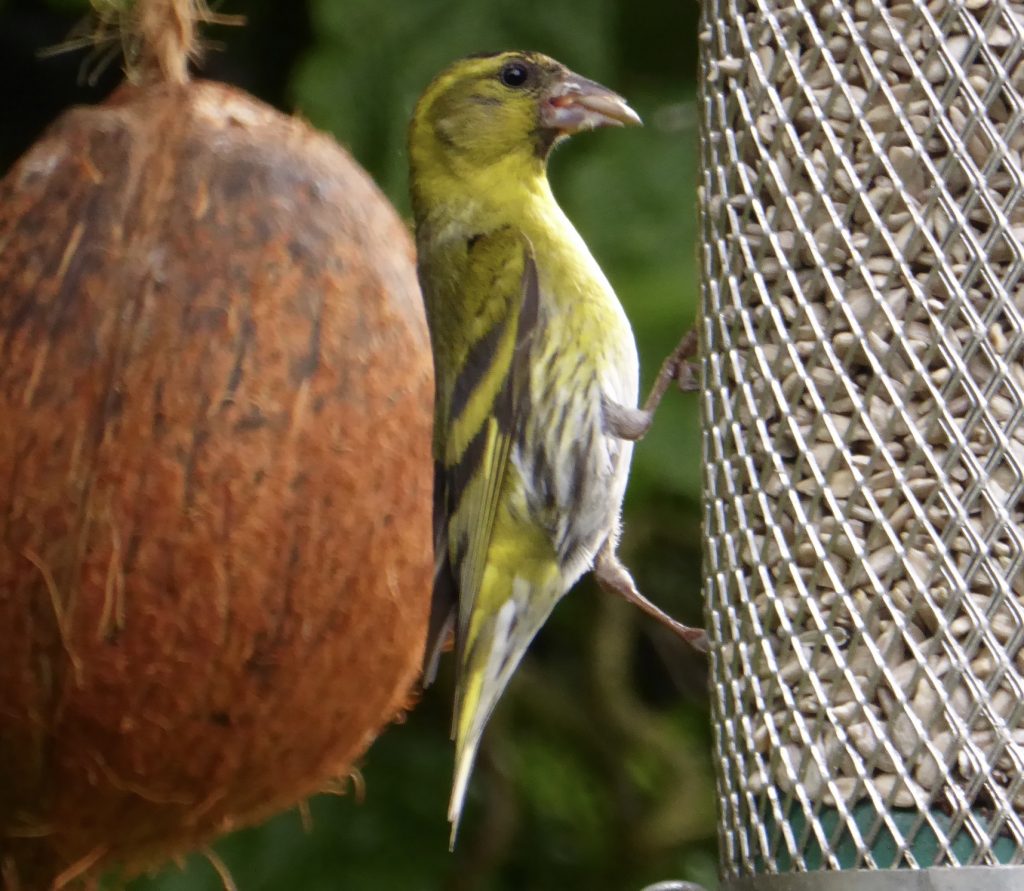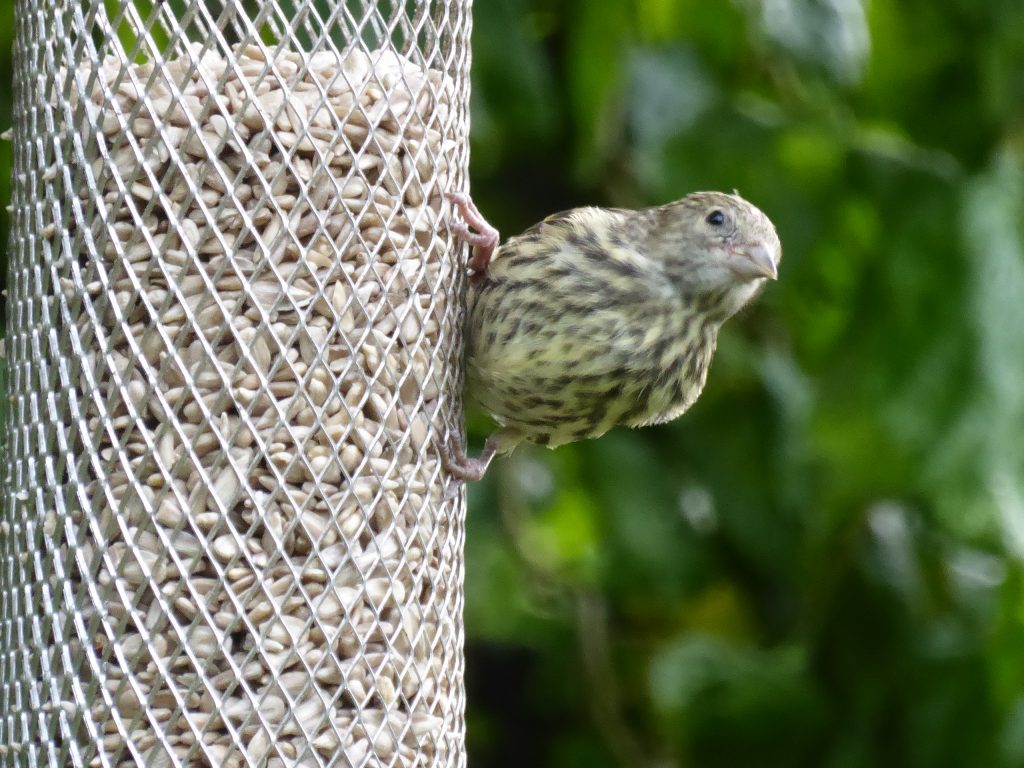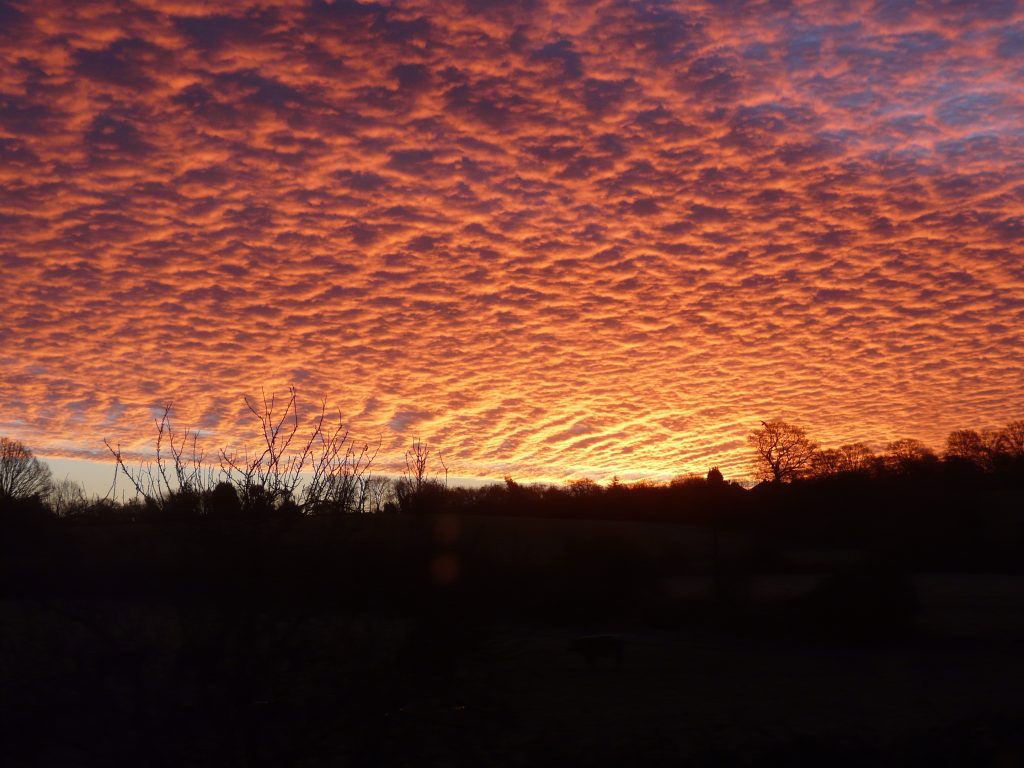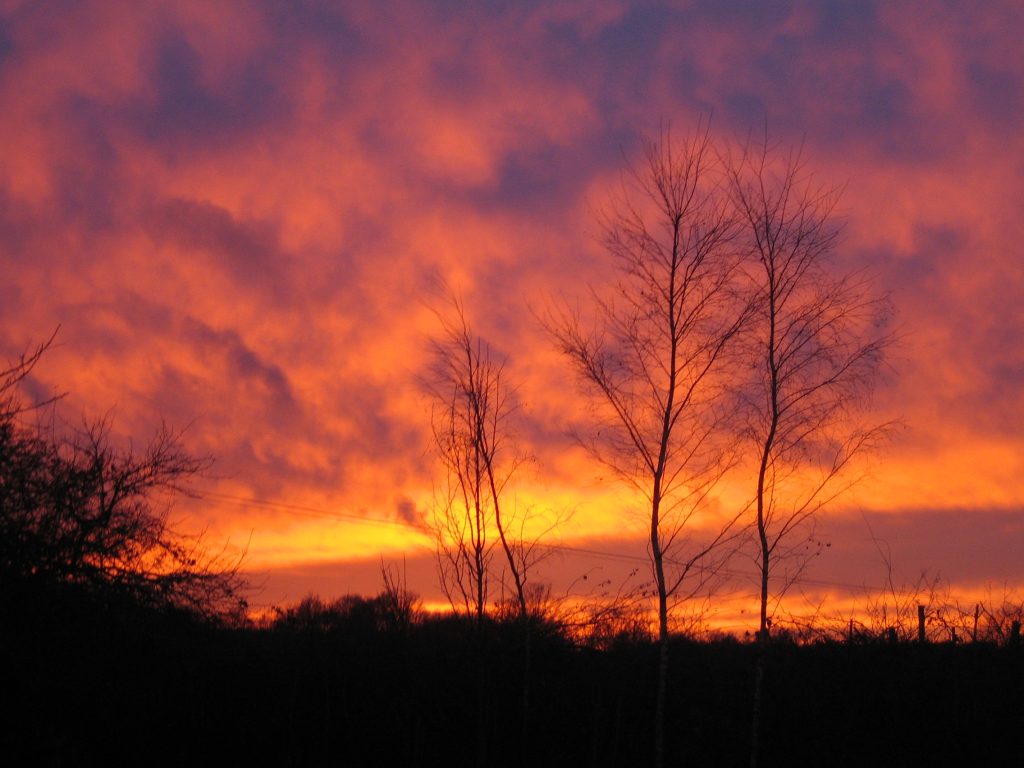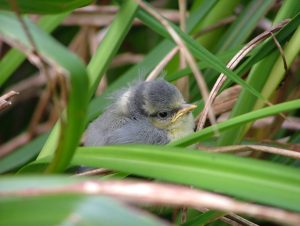New year always feels out of sync for me as nature never seems to recognise dates and the increasing variability in seasonal change throws up anomaly after anomaly.
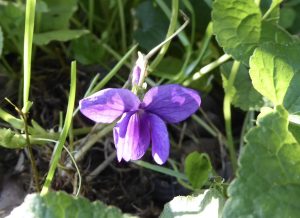
We have commenced with the slash and burn in the garden, making sure that there are no hidden guests in the bonfires. Looking after hedges and ditches is one of those tasks which both landowners and local authorities seem to frequently ignore. Most hedges locally to our home are either overgrown or grazed out, usually by horses. Happily though, the “accidental” wilding of the fields and hedgerows immediately round our home is allowing the hedges to expand into the fields, creating a wonderful scrubby edge. Looks like Merrist College are also choosing to ignore the fly grazing horses on the site which is resulting an improvement in the sward. How do I know this? Well, the coarse grasses were becoming so long that predators were having problems and now the Barn owls are back!
It’s always a joy to see the feeders and surrounding trees crowded with birds but it might seem churlish to complain as for every smile there’s a frown as to where are the missing species?
A variety of tits is great….
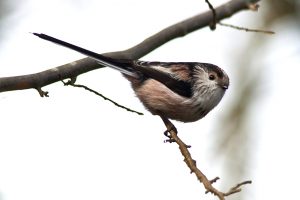
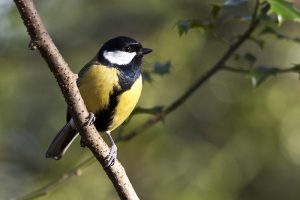
But where are the Chaffinches, Green Finches, House Sparrows, Starlings? I get excited if I see just 1 or 2 of these species and even 4 or 5 Goldfinches seems ridiculous as there was a time where there were flocks of up to 500 consuming vast quantities of sunflower seeds in my back garden!
It’s sad that people often equate the increase in predatory species with the decline of small birds, its simply not true.
The other difficulty with the success of highly visible species like
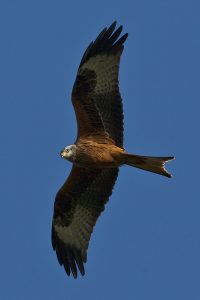
and Buzzard or even Little Egret is that a casual observer thinks “everything is ok” and the conservationists are just some kind of extremist eco nutters.
With apple trees come Fieldfares, beautiful but incomparably aggressive!
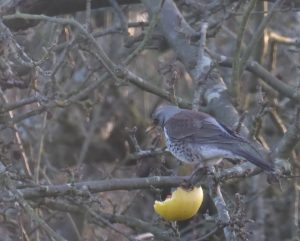
This particular bird defended the last few apples on our trees against all comers, other thrushes, Jackdaws, Jays and even tried to scare off our deer! Aggression can be an effective survival tool for a bird and Fieldfares are truly expert. They nest in loose aggregations and will cooperatively attack any predator with lots of noise, dive bombing and yes aerial pooing!
You just have a to love Fieldfares.

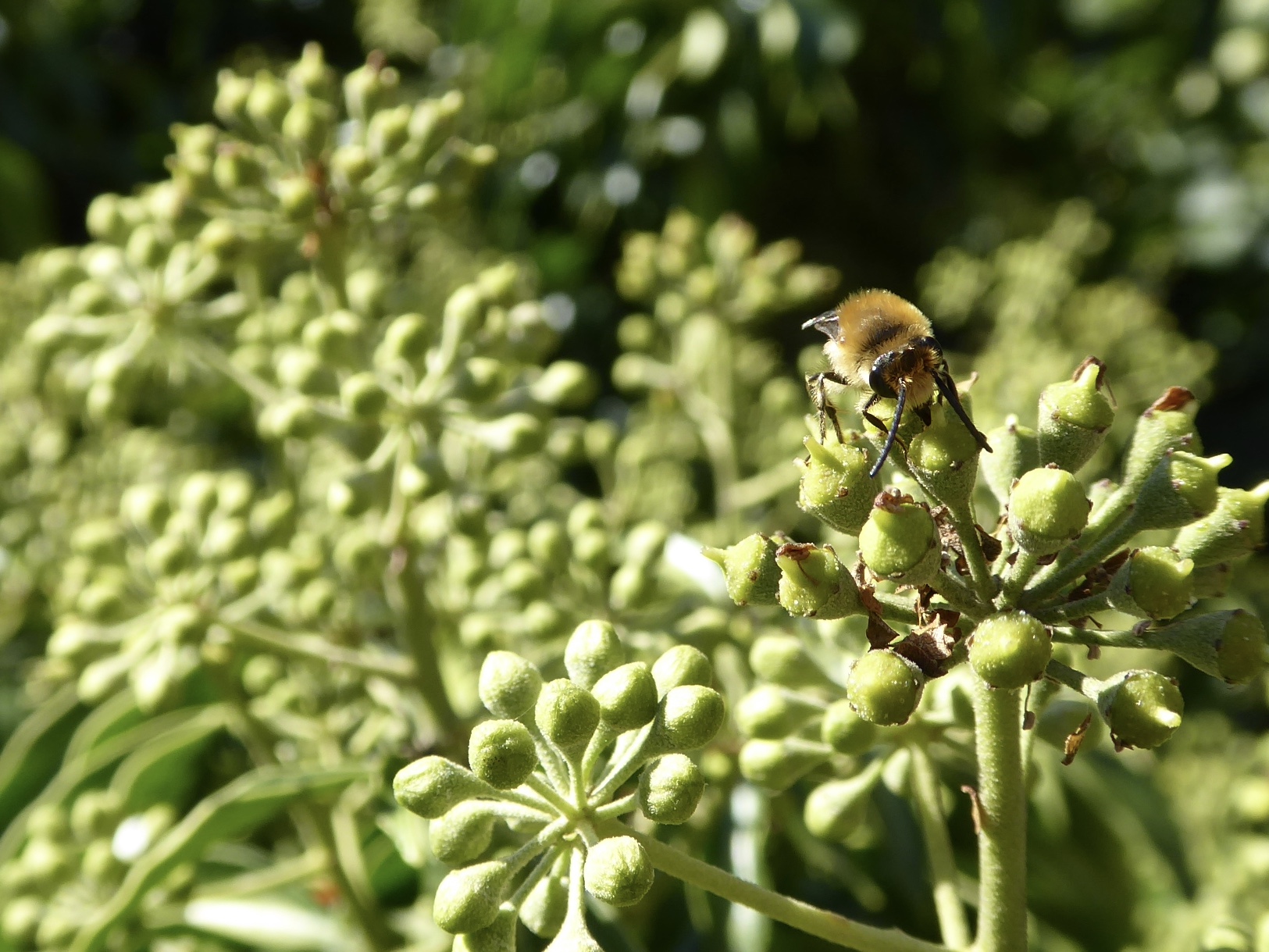
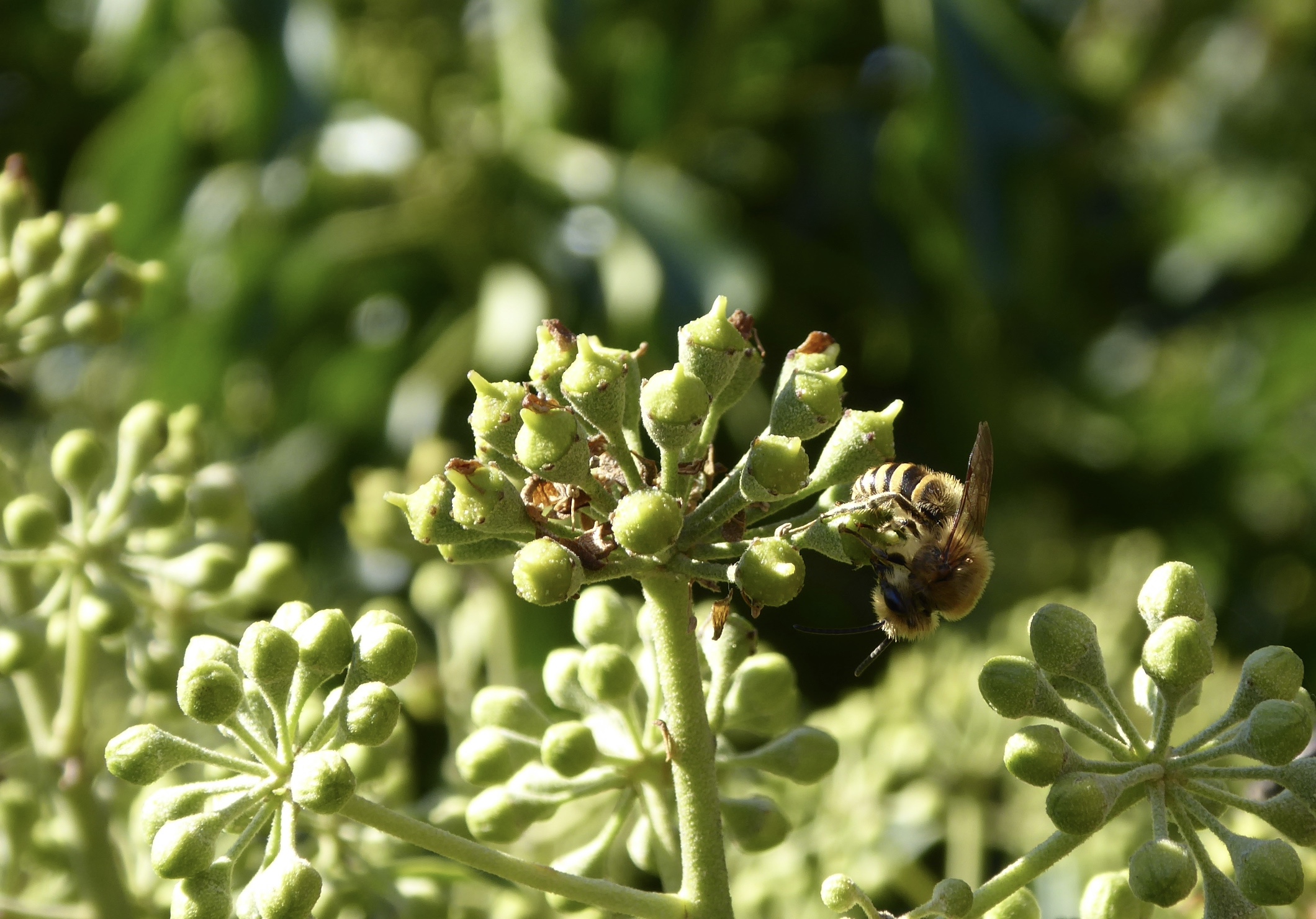
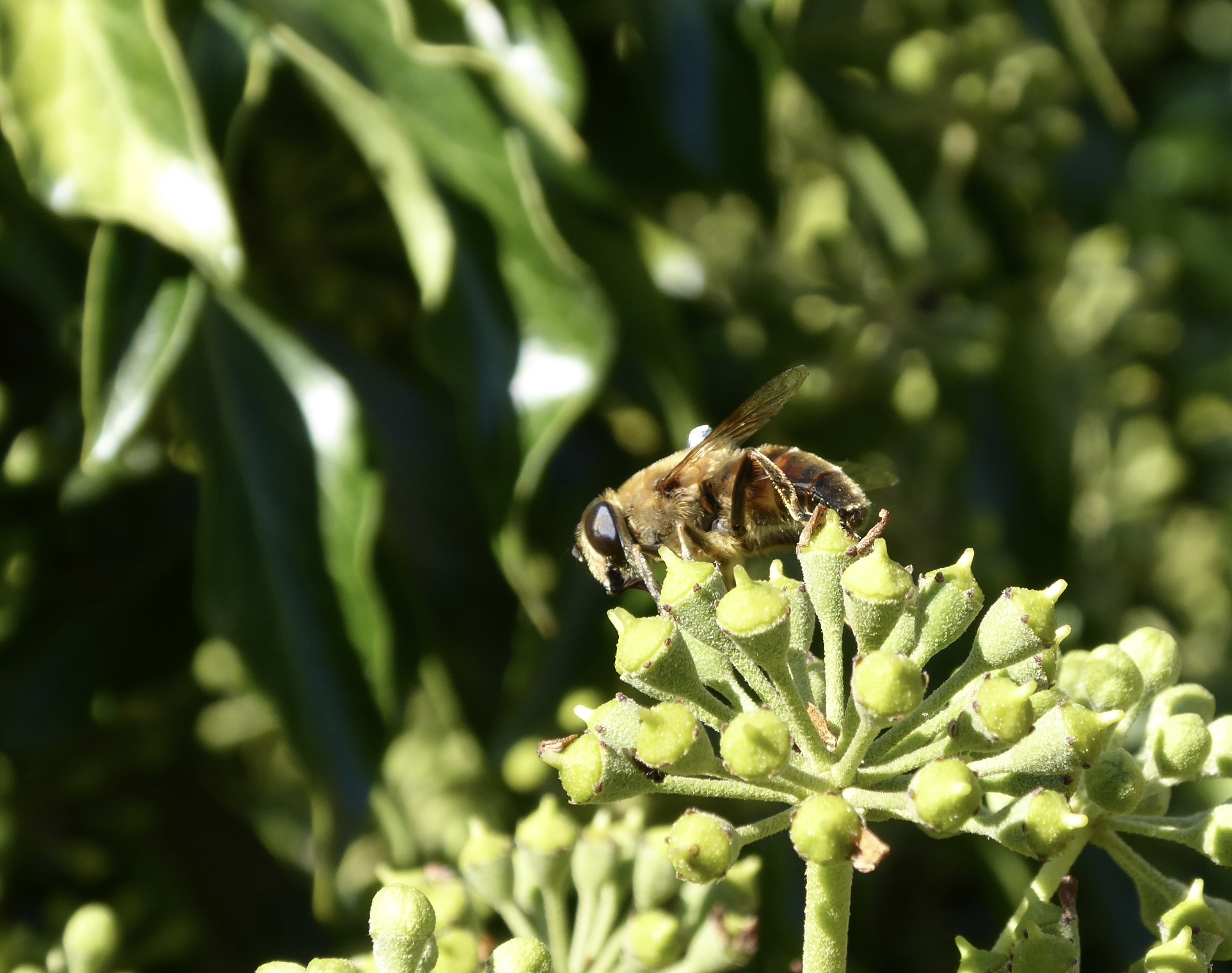
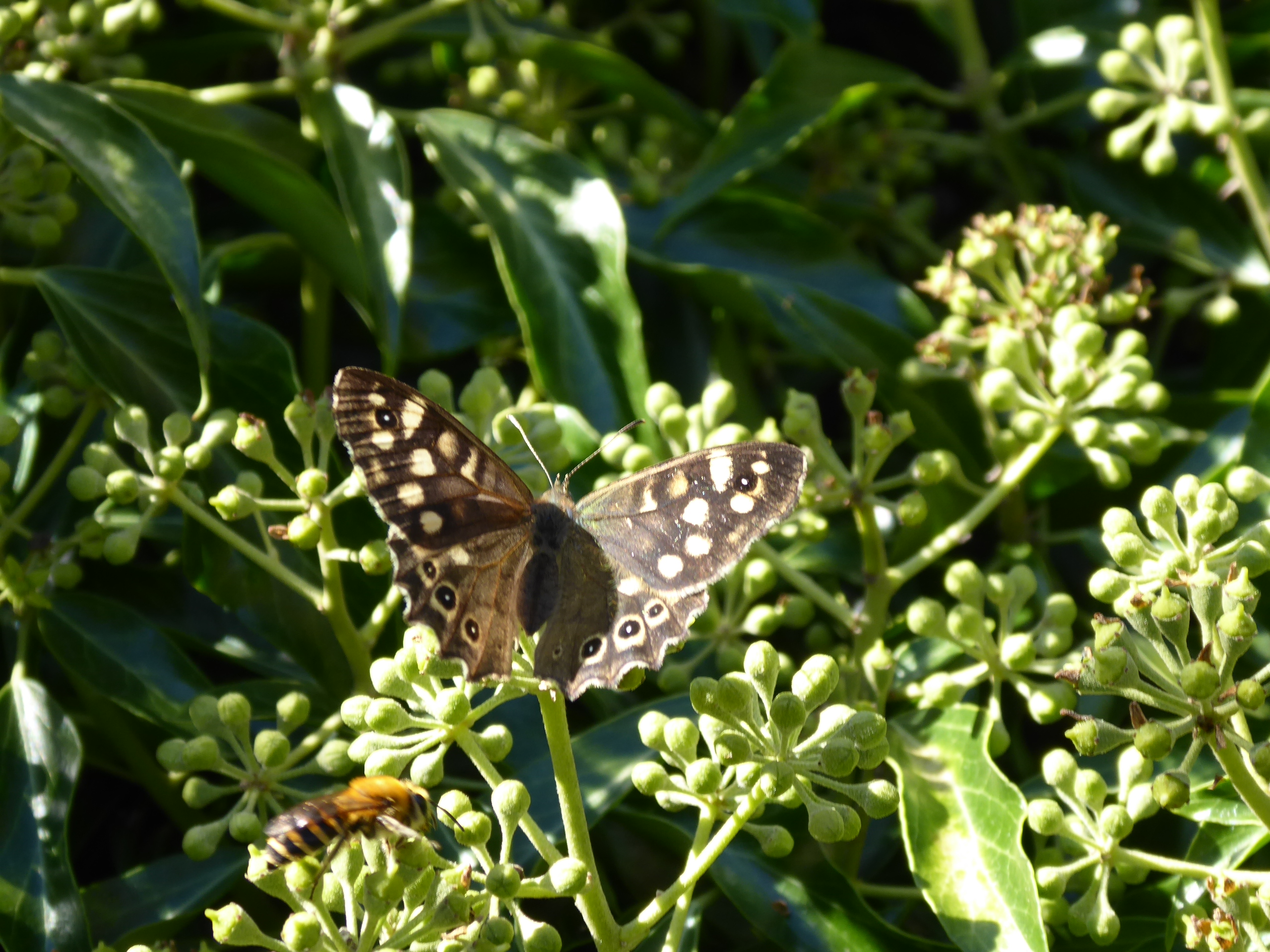
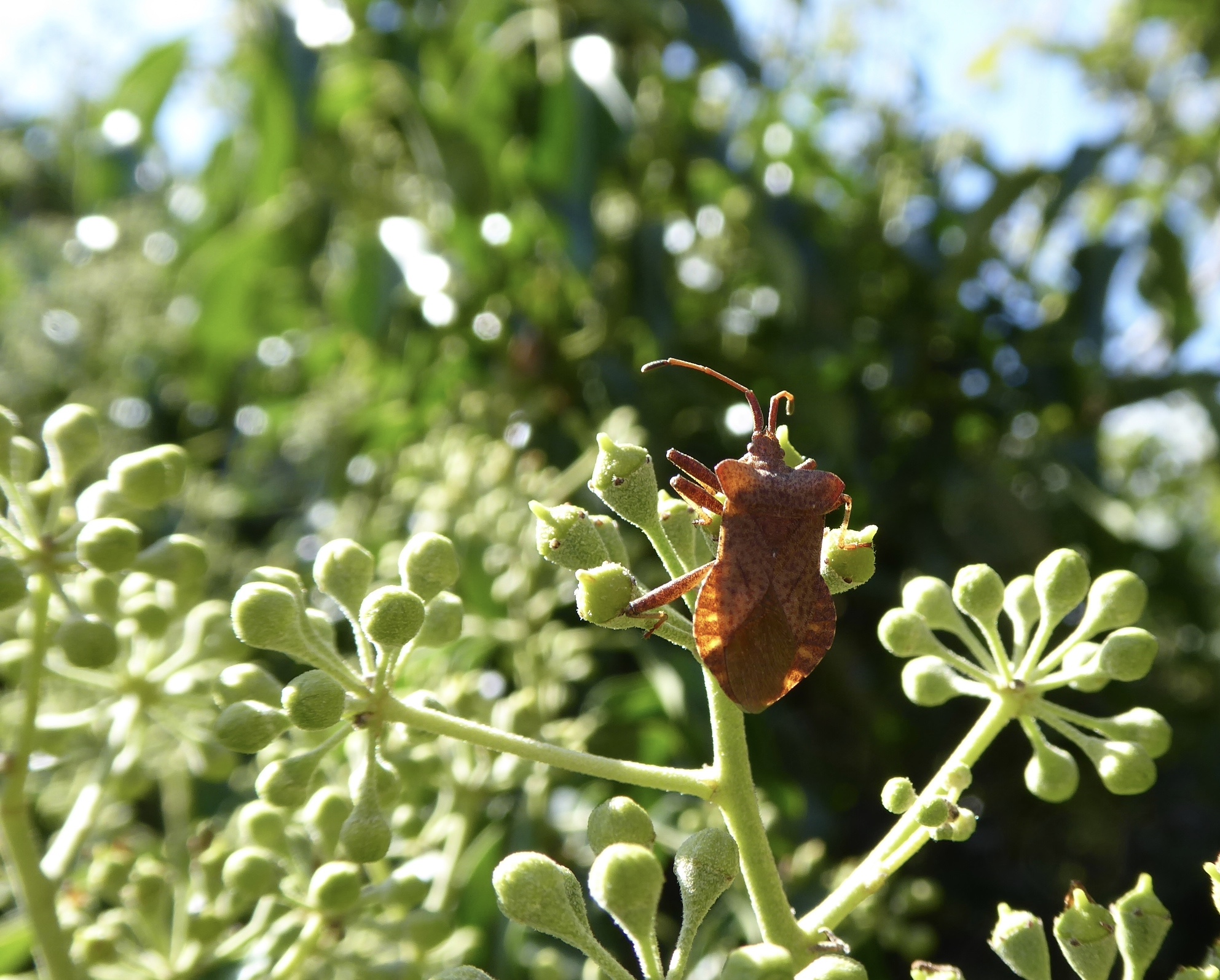
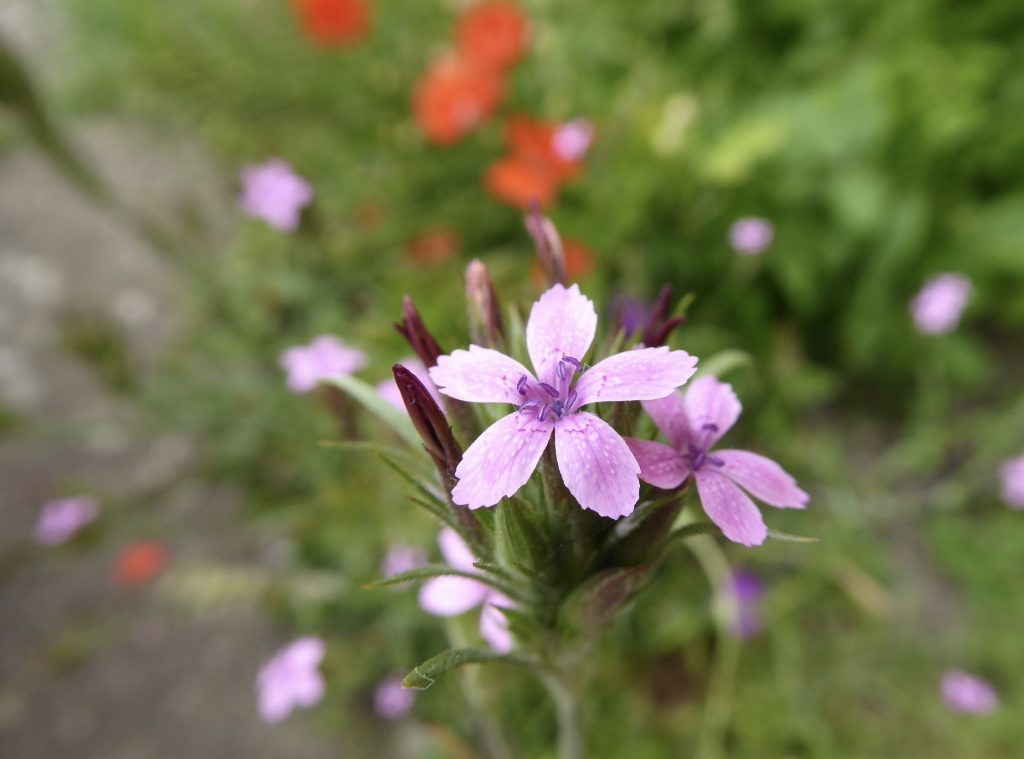
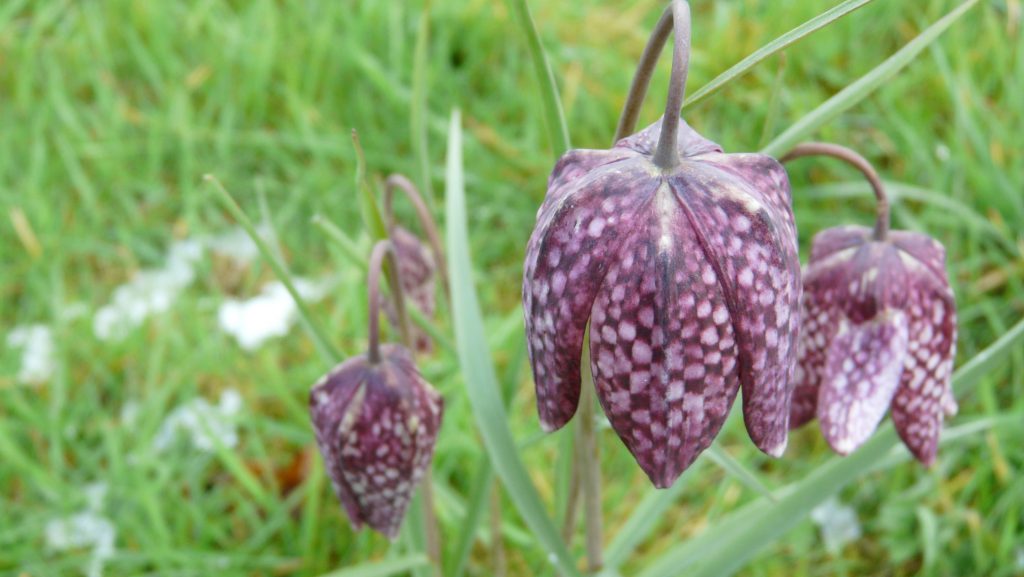
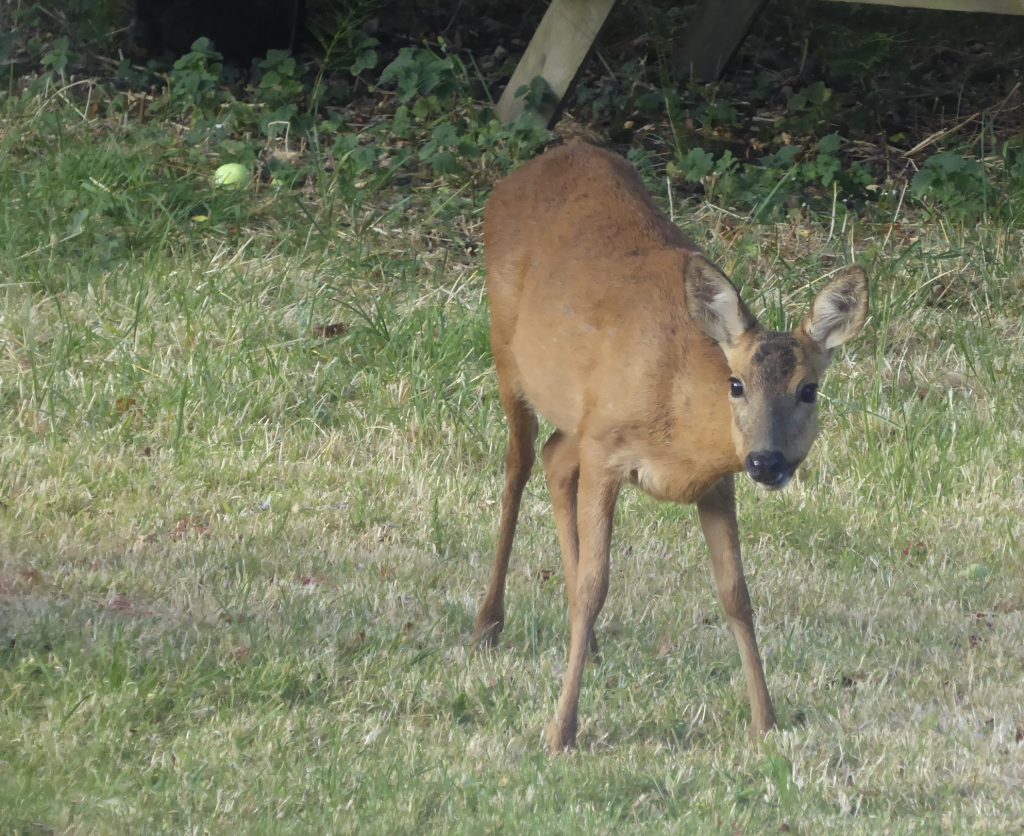
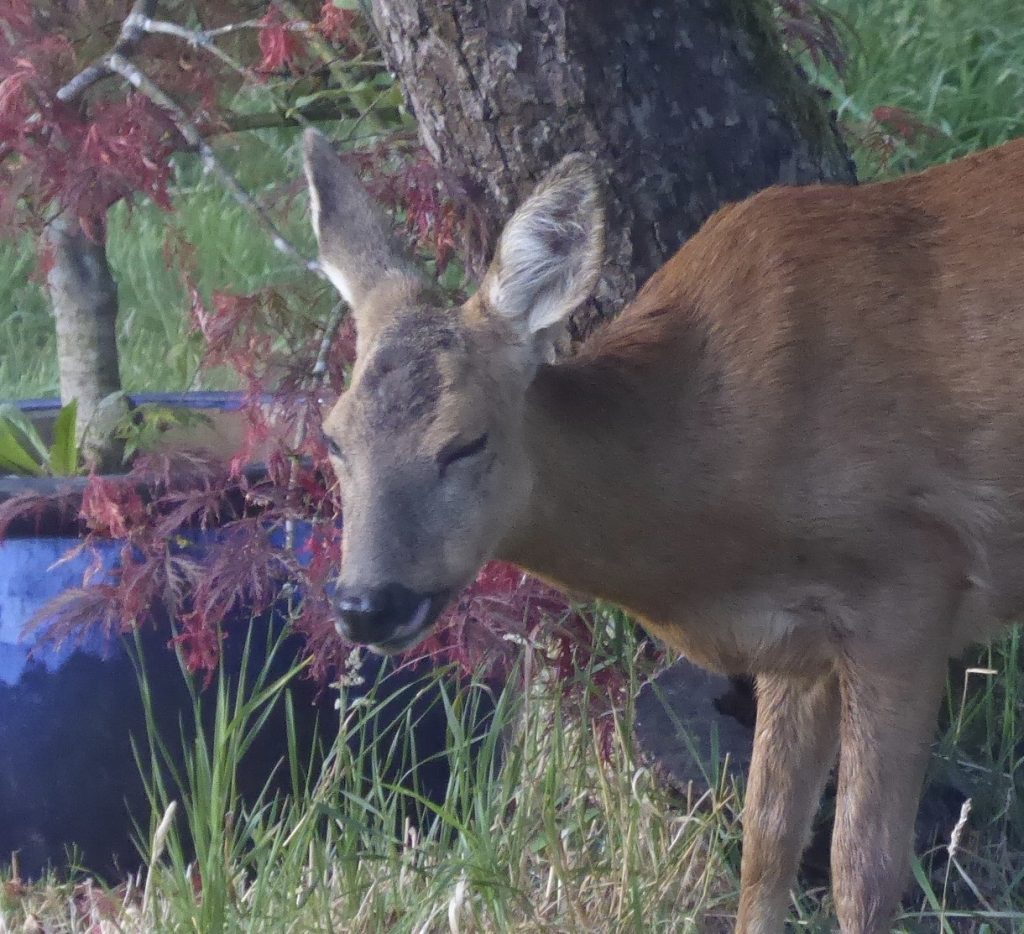
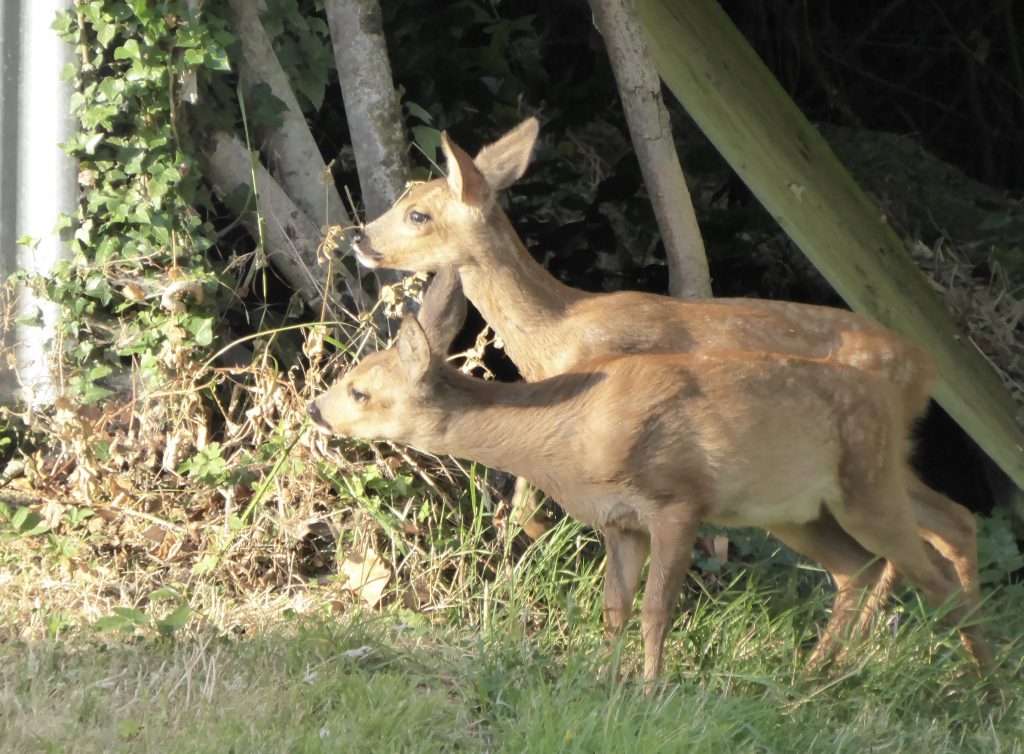
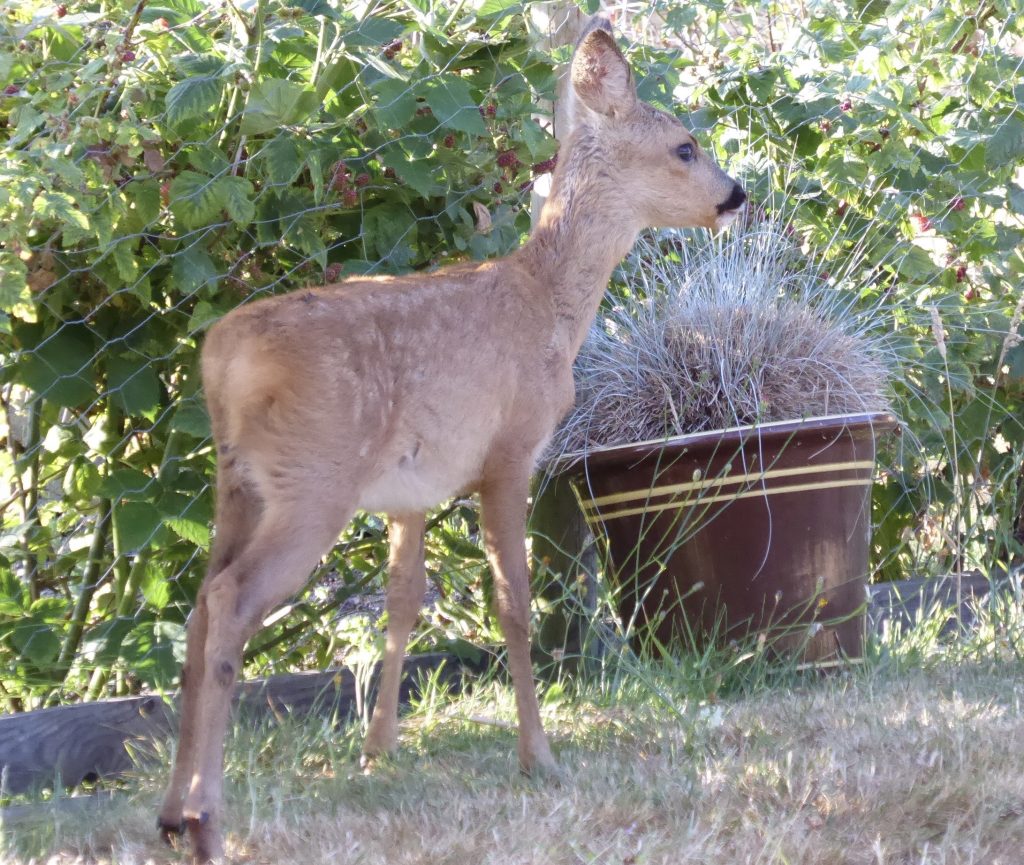
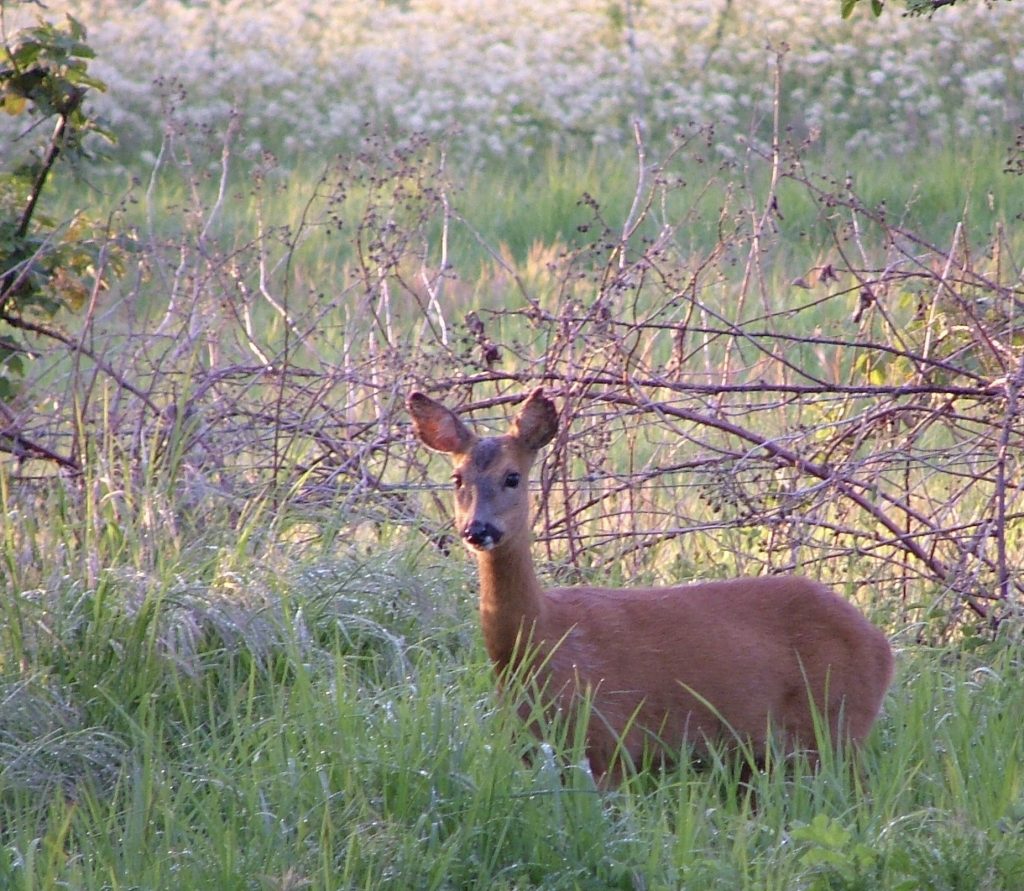
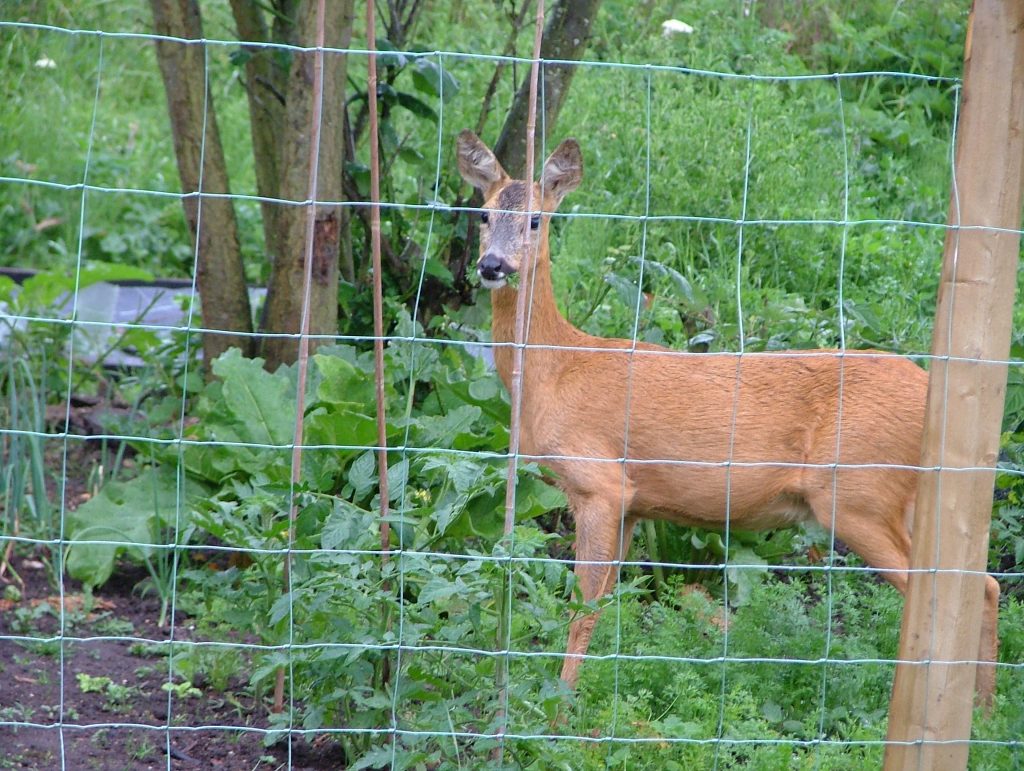
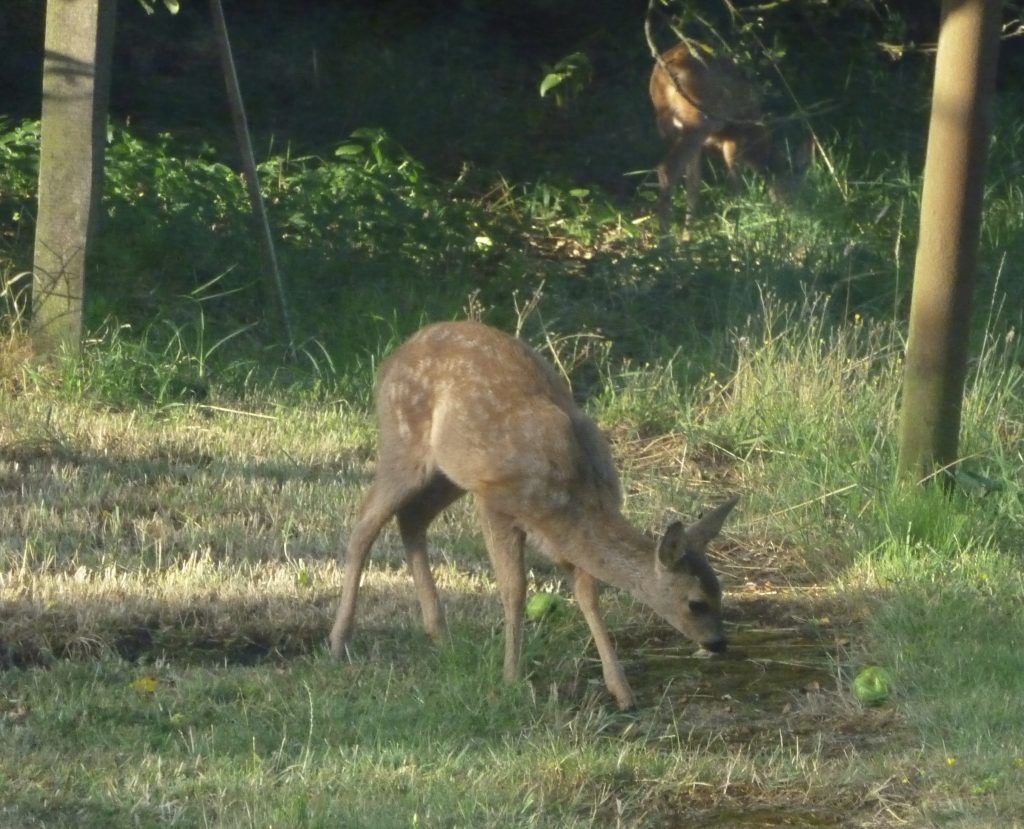
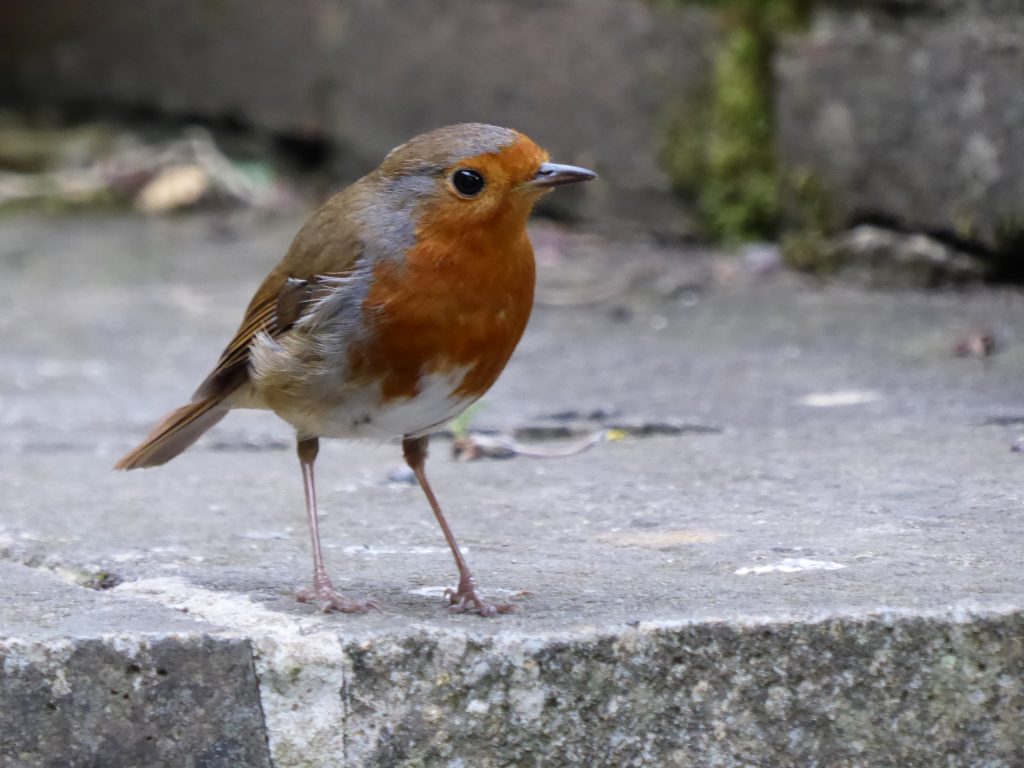 can be coerced is one thing but House Sparrows
can be coerced is one thing but House Sparrows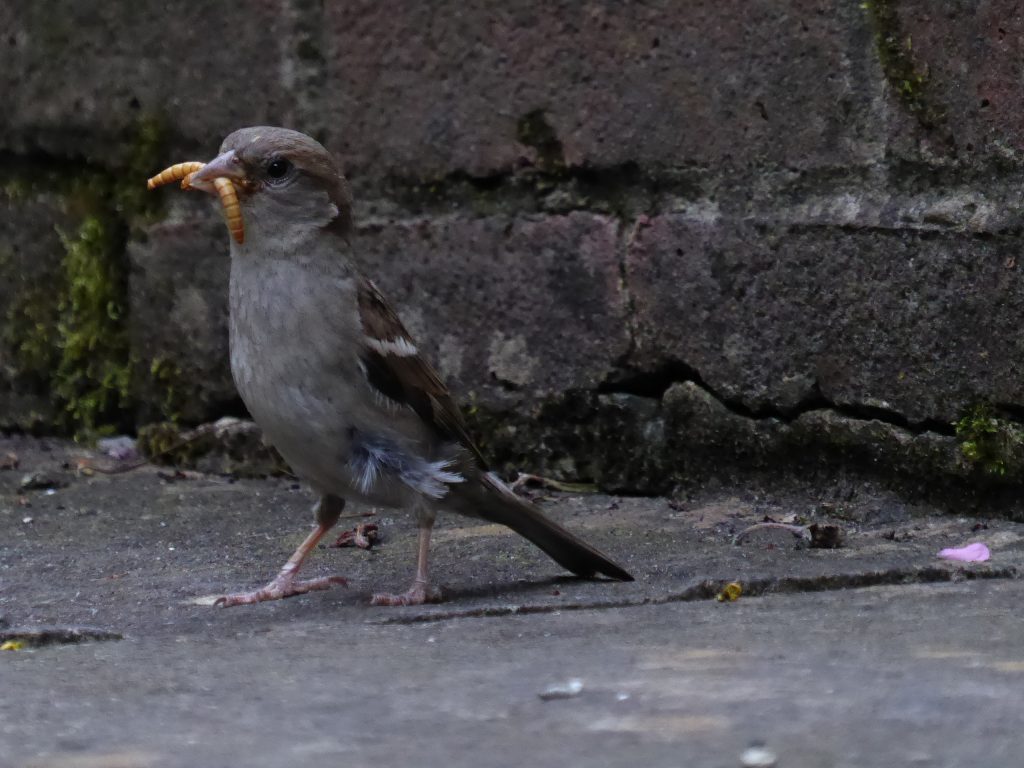 Blackbirds
Blackbirds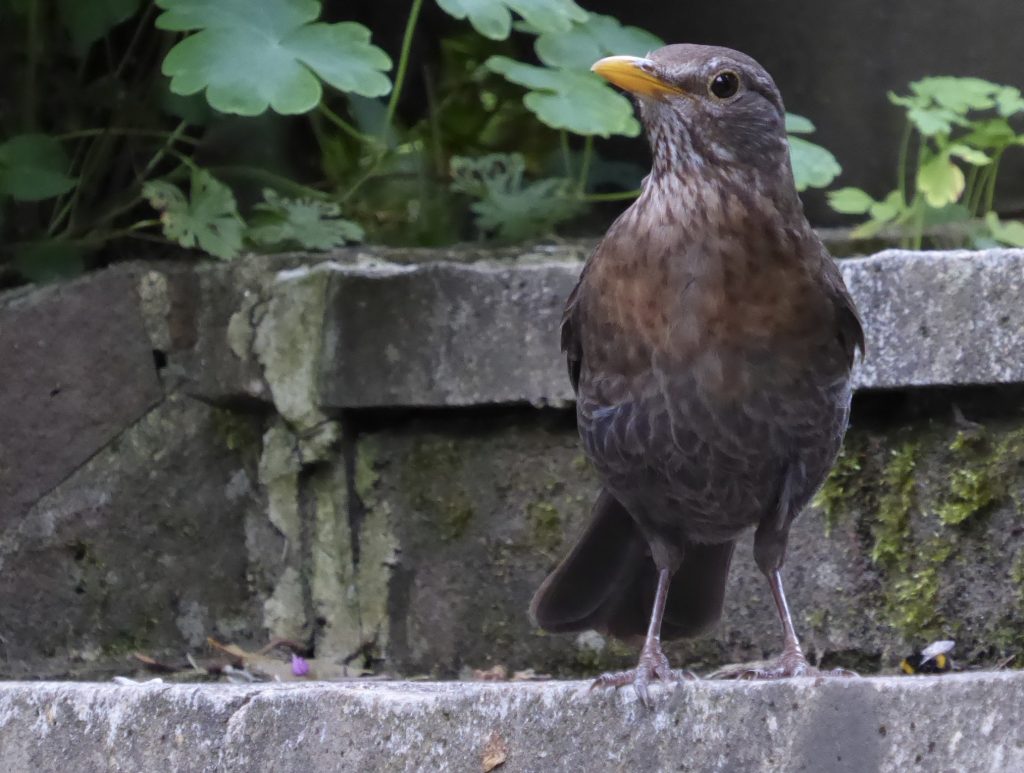 and Great tits have all come to Roy and any other calm friends is a tribute to his continual wonder of the small things in life (I suspect that actually they are really the big important things in life just a little disguised!).
and Great tits have all come to Roy and any other calm friends is a tribute to his continual wonder of the small things in life (I suspect that actually they are really the big important things in life just a little disguised!).